Are you looking for a reliable manufacturer of rubber seals and rubber tube products
We can quickly provide customers with market analysis, technical support and customized services.
Get in touch
By selecting high-quality rubber materials and combining them with advanced production processes, we ensure that every product can meet the most demanding application requirements. Whether in extreme environments of high or low temperatures, our rubber tubes and sealing strip products always maintain excellent performance, providing excellent durability and flexibility for your project and reliable assurance.

Ethylene Propylene Diene Monomer

With excellent performance such as ozone resistance, heat resistance, weather resistance, and aging resistance, ranking first among general rubber. Also with good electrical insulation, chemical resistance, impact elasticity, acid and alkali resistance, low density, suitable for high filling and matching; it can withstand temperatures range of -40- 120 ℃.
Slow vulcanizating, difficult to use with other rubbers, poor self adhesion and mutual adhesion, which brings significant difficulties to processing.
Widely used in automotive components, waterproof materials for construction, wire and cable sheaths, various types of water pipes, rubber tapes, automotive or other outdoor sealing strips or seals, water tank hoses, electrical insulation parts, etc.
Nitrile Butadiene Rubber
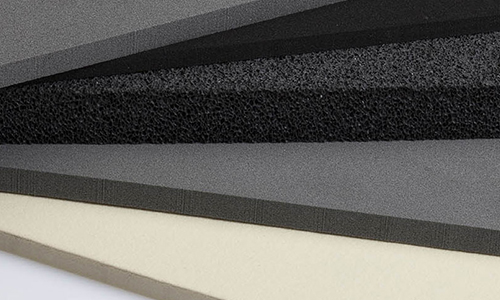
It has excellent oil resistance, second only to polysulfide rubber, acrylic rubber, and fluororubber. The higher the acrylonitrile content in nitrile rubber, the better the oil resistance. It can be used for a long time in air at 120 ℃ or in oil at 150 ℃. In addition, it also has good water resistance, airtightness, and excellent bonding performance.
Not resistant to ozone and not suitable for use as insulation material
Widely used in the production of various oil resistant rubber products, various oil resistant gaskets, washers, sleeves, oil hoses and oil resistant rubber plates, cable rubber materials, etc. It has become an essential elastic material in industries such as automotive, aviation, petroleum, and photocopying.
Neoprene/Chloroprene Rubber
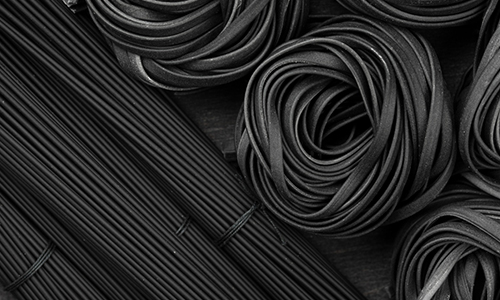
Its physical performance are similar to natural rubber, but its weather resistance, heat resistance, oil resistance, and solubility are better than natural rubber. It is resistant to ozone, acid and alkali, chemical reagents, aging, and has good air tightness. Its oil resistance is second only to nitrile rubber. And it has good flame retardancy, reaching up to UL-94V0 grade. Temperature resistance range is -40- 120 ℃.
Poor cold resistance and electrical insulation, higher costs.
Used for making cable sheaths that require high resistance to ozone and aging, aging resistant door and window seals, chemical resistant rubber hoses and seals, oil resistant printing rollers, oil resistant rubber hoses, oil drilling parts, etc.
Isobutylene Isoprene Rubber
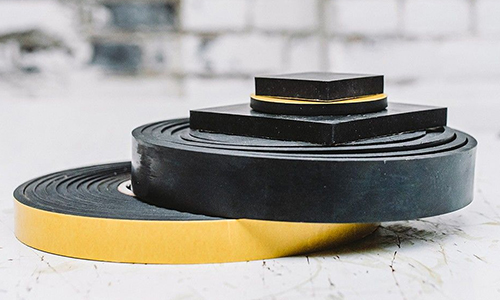
It has excellent airtightness, heat resistance, ozone resistance, aging resistance, chemical resistance, acid and alkali resistance, and polar solvent resistance, as well as shock absorption and electrical insulation performance. Also has good resistance to sunlight and ozone, and can be exposed to animal or vegetable oils or oxidizable chemicals.
Slow vulcanization, poor self adhesiveness and inter adhesiveness.
Use to make inner tubes for various tires, airtight layers for tubeless tires, various sealing gaskets, steam hoses, shock-absorbing products, vulcanized water tires, rubber tapes, liners, and sealing strips.
Polymerized Styrene Butadiene Rubber
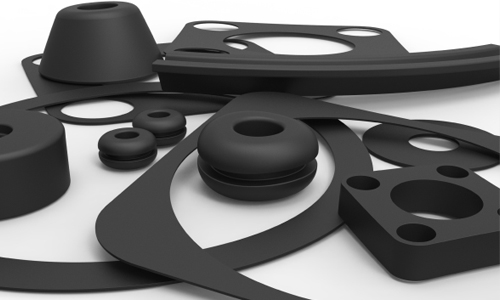
It is an excellent waterproof rubber, and its physical structure, processing performance, and product performance are close to natural rubber. Under the combined action of light, heat, and oxygen, its aging resistance is superior to that of natural rubber.
Its ozone resistance, tensile strength, elongation, tear resistance, and cold resistance are inferior to natural rubber.
Widely used in the production of tires, mechanical shock absorbers, sealing gaskets, electrical insulation products, conveyor belts, tapes, rubber hoses, medical equipment, and various rubber products. It is the largest universal synthetic rubber variety and one of the earliest rubber varieties to achieve industrial production.
Fluororubber
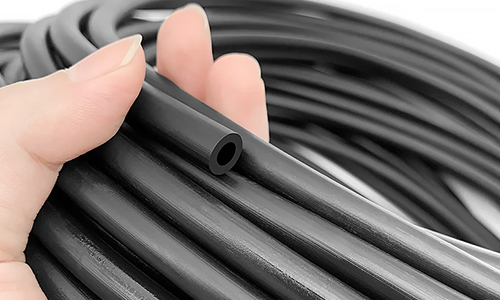
It has the best oil resistance, excellent heat resistance, ozone resistance, oil resistance, corrosion resistance, and atmospheric aging resistance.
Low elasticity and breathability, poor processability, and expensive price.
It has been widely used in fields such as aerospace, aviation, automotive, petroleum, and household appliances. For example, it is used in the defense industry to produce vacuum resistant, high-temperature resistant, and chemically corrosion-resistant sealing materials for aircraft and rockets. It is an irreplaceable key material in the defense industry.
Our products are made of environmentally friendly materials. Whether it is daily use, kitchen supplies, or precision instrument accessories, the silicone solution we provide ensures the safety and reliability of the products, and has won the trust of our customers with excellent quality.
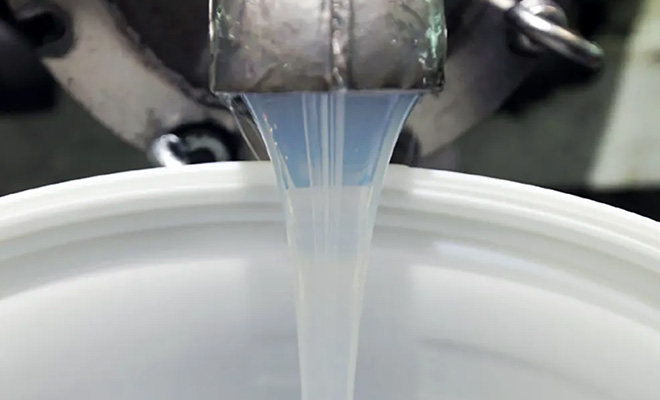
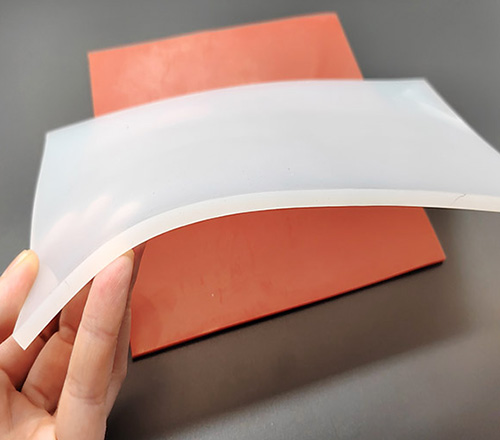
The general temperature resistance range is -40- 180 ℃, and the specially modulated material can reach 250-280 ℃; Excellent electrical insulation, heat resistance, ozone resistance, chemical corrosion resistance, and superior tear resistance; Transparent appearance, good elasticity, low compression deformation, and good resistance to yellowing; This material can produce products with good stiffness, good resilience, and resistance to yellowing.
Higher production costs
Kitchen supplies, pressure cooker rings, silicone lines, copier rollers, etc.
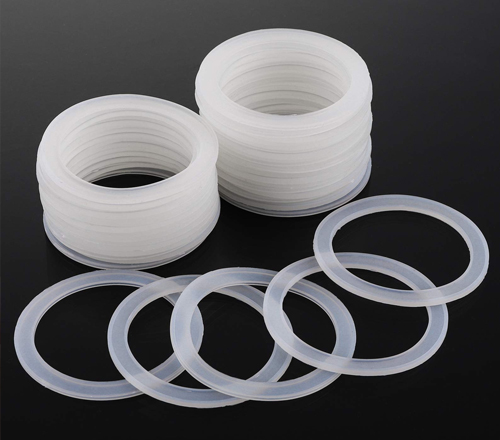
Generally resistant to temperatures ranging from -40 to 180 ℃, with lower cost compared to the gas-phase silicone rubber.
Low transparency, the product has a stronger odor compared to gas-phase silicone.
Remote control buttons, phone buttons, sealing rings, wires and cables, foot pads, etc.
We have developed a variety of high-performance plastic products using advanced technology and rich experience, aiming to create more value for customers while reducing environmental impact and jointly building a sustainable future.
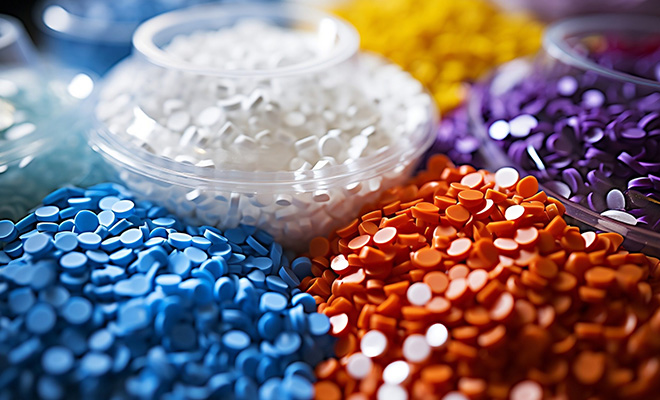
Polyvinyl chloride

It is flame retardant, cost-effective, easy to process, recyclable, and helps reduce environmental pollution.
It will be changed with the temperature of the weather, becoming softer in hot weather and harder in cold weather; Not resistant to low temperatures.
Pipeline systems, automotive seals, table and chair foot pads, insulation layers for wires and cables, various shaped products
Thermoplastic Elastomer
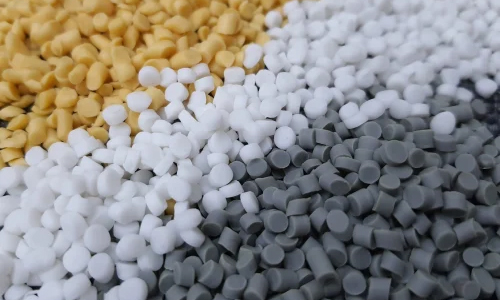
A type of elastic material that has the elasticity of rubber at room temperature and can be plasticized and molded at high temperatures. A new type of polymer material between rubber and resin, referred to as third-generation rubber. Not only can it replace some rubber, but it can also modify plastics. Its products not only have the excellent properties of high elasticity, aging resistance, and oil resistance of traditional cross-linked vulcanized rubber, but also have the characteristics of easy processing and wide processing methods of ordinary plastics.
Poor heat resistance and chemical resistance, and susceptibility to environmental impact.
Widely used in the manufacturing of tension tubes, shock absorbers, tool handles, wheels, car foot pads, construction seals, door and window rubber strips, anti-collision buffer strips, etc.
Thermoplastic Vulcanizate

Its specific gravity is around 1.0, and it is one of the lightweight materials required, recyclable and has superior aging resistance.
Not superior to EPDM rubber in terms of tear resistance.
Mainly used in construction/automotive sealing strips, sealing rings, handles, grips, casters, buffer blocks, hoses, etc.
Thermoplastic Polyurethane Elastomer
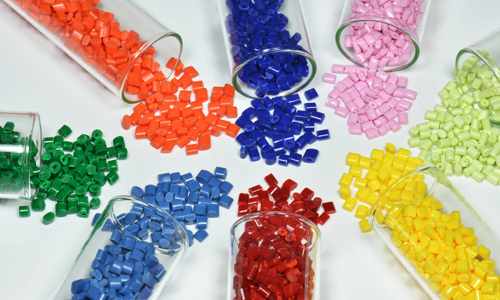
It has excellent comprehensive performance such as high strength, high toughness (good elasticity), wear resistance, oil resistance, ozone resistance, and low temperature resistance.
General high temperature resistance, not resistant to strong polar solvents and strong acid-base solvents.
Medical bandages, power cables, sports tension tubes, waterproof strips, buildings, etc.
Extruded rubber is a type of rubber product created through an extrusion process, where raw rubber is forced through a mold or die to form continuous shapes with a consistent cross-section. This process is used to create various rubber products such as rubber hoses, rubber seals, gaskets, sealing strips, and profiles.
In extrusion, the rubber material is first compounded with additives like curing agents, plasticizers, and colorants, then heated and forced through a die under pressure. The extruded rubber can then be cut to the desired length, cured to give it the necessary strength and durability, and finished for its intended application.
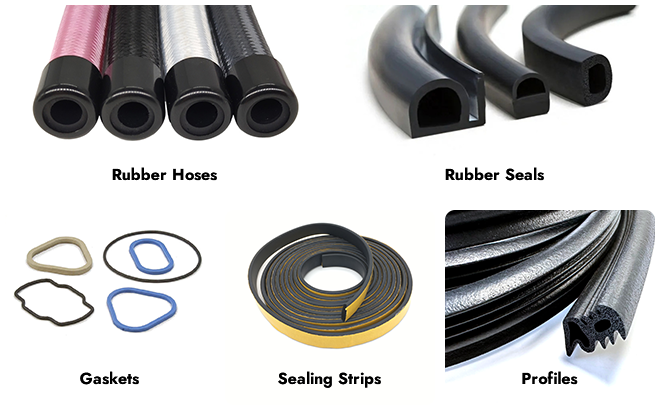
The extrusion process provides a high level of precision, ensuring uniformity in the product's dimensions.
It allows for the creation of various shapes, such as round tubes, sealing strips, and custom profiles.
Extrusion is ideal for producing large quantities of rubber products efficiently.
The process is often more economical for mass production compared to other methods like molding or casting.
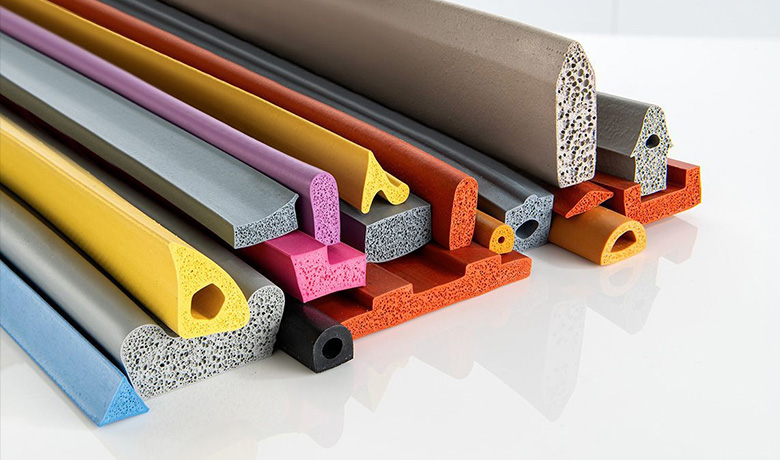
Used in automotive, industrial, and construction applications for fluid transfer, air, and gas delivery. Such as rubber liquid cooling hose for gaming case, windshield wiper spray pipe system.
Can be reinforced for added strength and flexibility.
Used for sealing gaps in doors, windows, and other openings in automotive, construction, and electronics. Such as rubber sealing strip for dishwasher door, shipping container, tool box and solar photovoltaic panels.
Available in various profiles such as "D," "P," “T” or "E" shapes to suit different sealing needs.
Provide sealing between two mating surfaces, preventing leaks of air, water, or other fluids.
Common in machinery, automotive, plumbing, and electrical applications.
Customizable to fit specific needs, such as weather stripping for doors and windows, or decorative trim in automotive and home appliances.
Can be produced in various shapes like round, square, or custom profiles.
Used for fluid and air transfer in industries like medical, automotive, and industrial manufacturing.
Can be designed to be flexible or rigid, depending on the application.
Used for cushioning, sealing, or vibration damping in industrial, automotive, and electronics applications.
Can be cut into various lengths or shapes based on requirements.
Extruded rubber tubes used to insulate wires and cables in automotive, electrical, and telecommunication industries.
Provide protection from electrical conductivity and environmental damage.
Rubber extrusions that protect cables from abrasion, heat, and moisture, often used in industrial and electrical applications.
Used in machinery and vehicles to reduce vibrations and prevent damage to equipment.
Often made from elastomers like rubber to absorb shock and impact.
In extrusion, the rubber material is first compounded with additives like curing agents, plasticizers, and colorants, then heated and forced through a die under pressure. The extruded rubber can then be cut to the desired length, cured to give it the necessary strength and durability, and finished for its intended application.
The hard layer provides mechanical strength, impact resistance, and wear resistance, while the soft layer offers better sealing, cushioning, or comfort. Common applications include soft-hard combined hoses, seals, and profiles.
Compared to single-material extrusion processes, soft-hard co-extrusion allows for the production of multifunctional composite products in one step, saving time and reducing post-processing costs.
This process is widely used in industries like automotive, construction, electronics, and household appliances, especially in products that require both rigid and flexible properties, such as window seals, pipes, protective coatings, and electronic components.
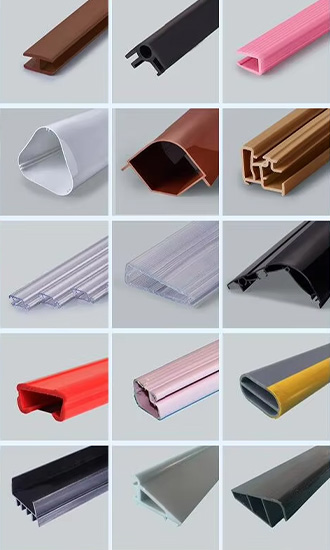
Hard outer layers provide strength and support, while soft inner layers enhance sealing properties.
The hard outer layer offers protection, while the soft inner layer ensures flexibility and ease of handling.
Such as bumpers and door/window seals, where the hard layer adds durability and the soft layer provides comfort and sealing.
By using the soft-hard co-extrusion process, manufacturers can achieve multiple material properties in a single product, enhancing its performance and versatility to meet specific application needs
Common extruded rubber products include a wide variety of items used across various industries. These products are made through the extrusion process, where rubber is forced through a mold to form continuous shapes. Here are some common examples:
Raw materials (such as rubber or plastic) are mixed in specific proportions, often with additives like curing agents and plasticizers to enhance the material’s properties.
The prepared material is placed into a heated mold cavity and pressure is applied. The material softens and fills the mold, while pressure ensures even distribution.
The material is cured or cross-linked (as in the vulcanization of rubber) by heating, then cooled to stabilize the formed product.
After cooling, the molded product is removed from the mold, typically requiring post-processing such as trimming excess edges or surface finishing.
The mold's precision directly affects the size and shape of the finished product, making it ideal for high-precision applications.
Compression molding is efficient for mass production, especially for large volumes of identical products.
The mold design and process parameters can be optimized to minimize material waste, maximizing resource efficiency.
This method is well-suited for manufacturing products with complex geometries, meeting diverse design needs.

Seals, gaskets, floor mats, and other automotive parts.

Switches, enclosures, plugs, and connectors.
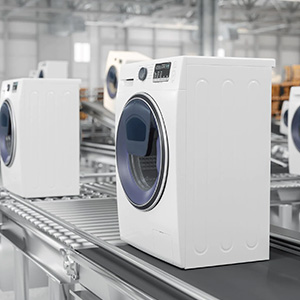
Components like refrigerator seals, washing machine parts, etc.
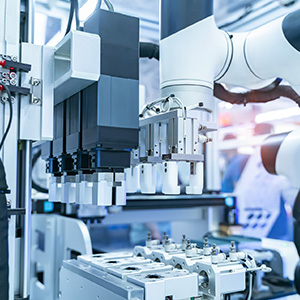
Seals, gaskets, floor Silicone gaskets, seals, and other medical components.mats, and other automotive parts.
We provide fittings, clamps, quick couplings, and other accessories to complement rubber hoses, ensuring ease and safety in installation and usage.
Special materials or designs for fittings and accessories can be offered based on application scenarios to enhance the overall system performance.
We offer a variety of rubber material options, such as EPDM, NBR, SBR, silicone, fluororubber, etc., to ensure optimal performance based on different working environments and applications.
We provide composite material hose solutions that combine rubber with other materials (e.g., fibers), enhancing hose strength and durability.
For hoses requiring special performance, we provide custom tests for high-temperature, chemical resistance, and wear resistance, ensuring reliable operation in extreme environments.
With advanced automated production equipment, we ensure precision and consistency in sealing strips. We also offer high-precision cutting services to ensure that sealing strips' dimensions and shapes precisely meet customer requirements, reducing waste and improving production efficiency.
Based on customer requirements, we offer rubber sealing strips in various colors, such as pink, red color rubber products.
At RESRUB, we provide professional packaging services to ensure that each rubber product is safely and efficiently transported and delivered to our customers. Our packaging solutions can be customized according to customer needs, ensuring that products remain undamaged during transportation and avoiding additional costs due to improper packaging.
We offer personalized packaging designs for different product sizes, including shock-resistant packaging, custom boxes, and partition packaging, ensuring that products stay intact during shipping.
We are committed to sustainability by using recyclable and eco-friendly materials for packaging, reducing environmental impact while ensuring the strength and safety of the packaging.
We are committed to sustainability by using recyclable and eco-friendly materials for packaging, reducing environmental impact while ensuring the strength and safety of the packaging.
We provide fittings, clamps, quick couplings, and other accessories to complement rubber hoses, ensuring ease and safety in installation and usage.
Whether it is a large order or small batch needs, RESRUB can provide flexible packaging and delivery solutions to ensure timely delivery.
We understand that choosing the right product for your industry is critical. That’s why we invite you to contact us. Whatever your goals, Linenwind will help you achieve them.
Learn MoreWe have a strong team that works closely with customers to meet market challenges and effectively meet specific needs. Our slogan is "Economical, Time-Saving, and Effortless Management" to win customer trust in your industry.
Start Customizing